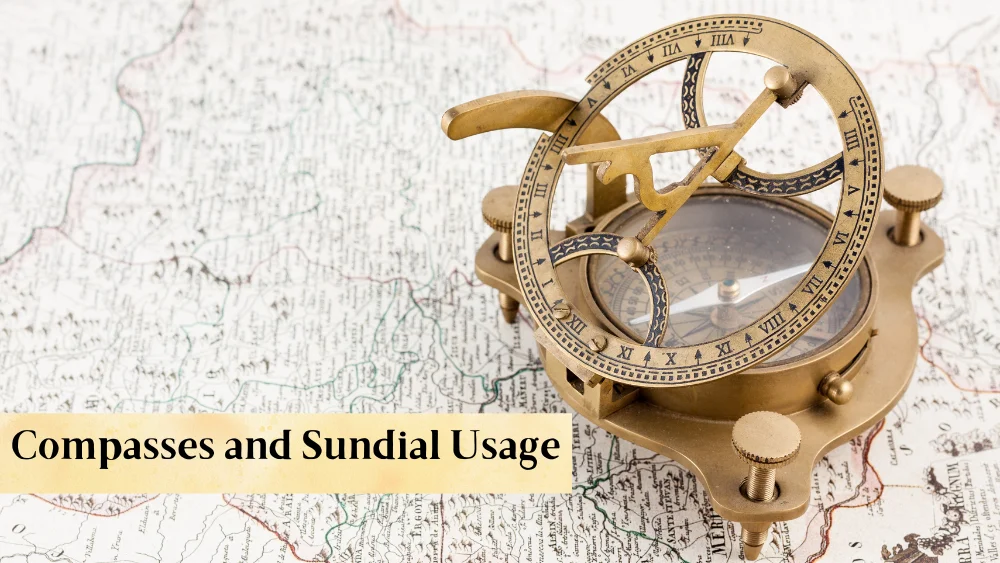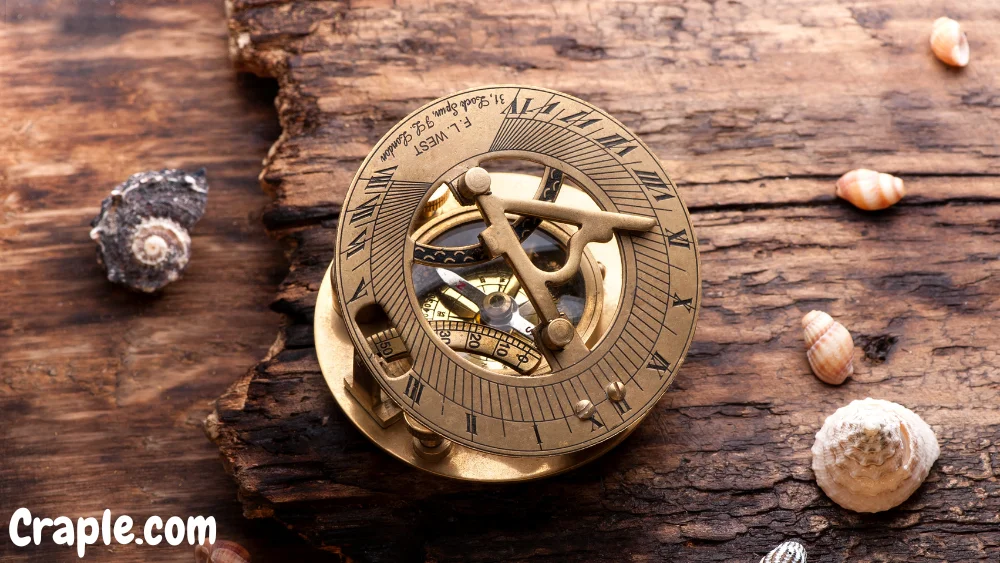Antique Reproduction Compasses and Usage

Antique items such as sundials compasses and nautical pieces provide a unique and timeless charm. From solid brass to intricate vintage pieces, these handcrafted and handmade items are sure to add character and a touch of history to any home. Whether it’s a utility piece or an ornate decorative item, antique pieces offer a quality that never dates.
Craftsmanship Perfect gift
This antique reproduction compass is the perfect gift for any navigator or history lover. Featuring a vintage-style brass case with louvered front and back panels, this working compass is truly a beautiful piece of craftsmanship.
Using the original design from the 18th century, the compass offers a unique and timeless way of exploring the vast world around us. Add a touch of adventure to any décor with this amazing reproduction compass.
How do you use a handheld compass?

A compass is an essential navigational tool that helps you find your direction. To use a compass, you first need to find the North direction. To do this, point one side of the compass towards the sun. If it’s morning, point it to the east. If it’s afternoon, point it to the west. The needle at the end of the compass should then point north. You can then use the compass to figure out which direction to travel. Rotate the dial to the desired direction, and then follow it to reach your destination.
- Locate a flat surface that is free from obstructions, such as tall buildings or trees, that could block the sun’s rays.
- Place the sundial compass on the flat surface with the compass facing north. This will ensure that the compass is properly oriented and will help you determine the direction you need to travel.
- Adjust the sundial portion of the compass so that it is level and the gnomon (the part that casts a shadow) is pointing north-south.
- Use the sundial portion of the compass to tell time by observing the position of the sun’s shadow on the sundial. The time can be read by looking at the numbers or markings on the sundial.
- Use the compass portion of the instrument to determine your direction of travel by aligning the compass needle with the north-south axis of the sundial. The direction you need to travel will be indicated by the degree markings around the edge of the compass.
Sundial Compasses History
The sundial compass is an invention attributed to the Chinese diplomat Su Song, who lived in the 11th century. Su Song used a combination of a water-driven astronomical clock and a transparent celestial globe with a magnetic compass inside, creating an incredibly advanced navigation tool.
These compasses soon spread to Europe and eventually evolved into the modern-day sextant and astrolabe. Some versions of the sundial compass are still used today, particularly by navigators and sailors.
Skill and practice
It’s important to note that using an antique sundial compass requires a certain level of skill and practice, so it may take some time to master the instrument. Additionally, keep in mind that modern navigation tools such as GPS devices and maps are often more reliable and accurate, so antique sundial compasses are typically used more for decorative or historical purposes rather than practical use.





